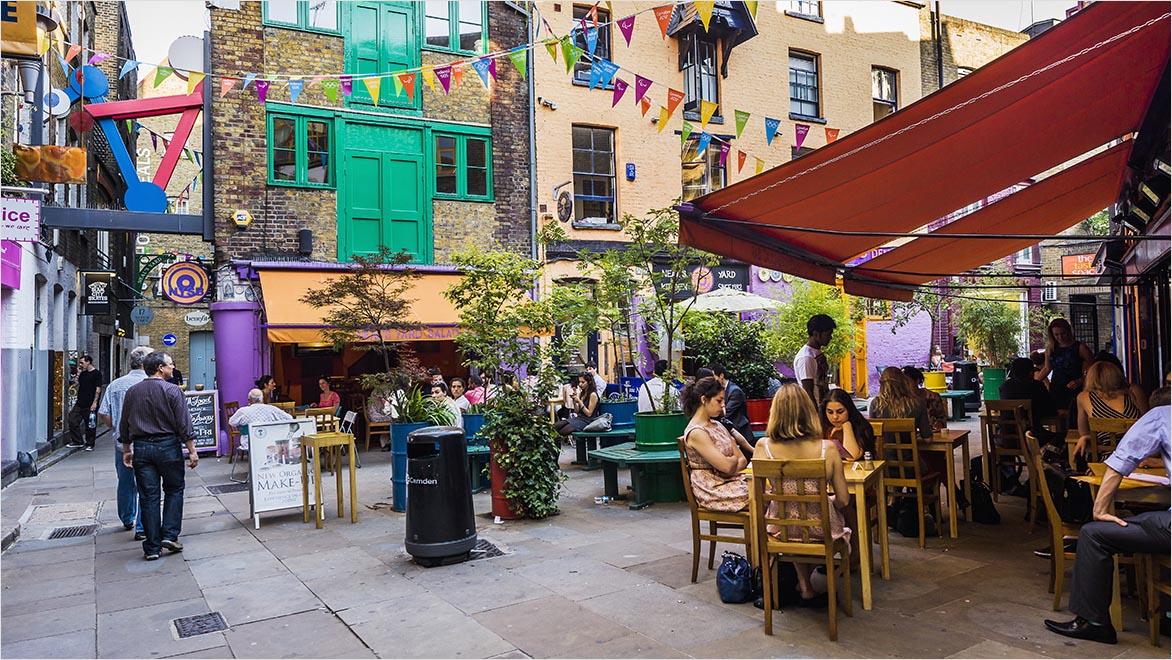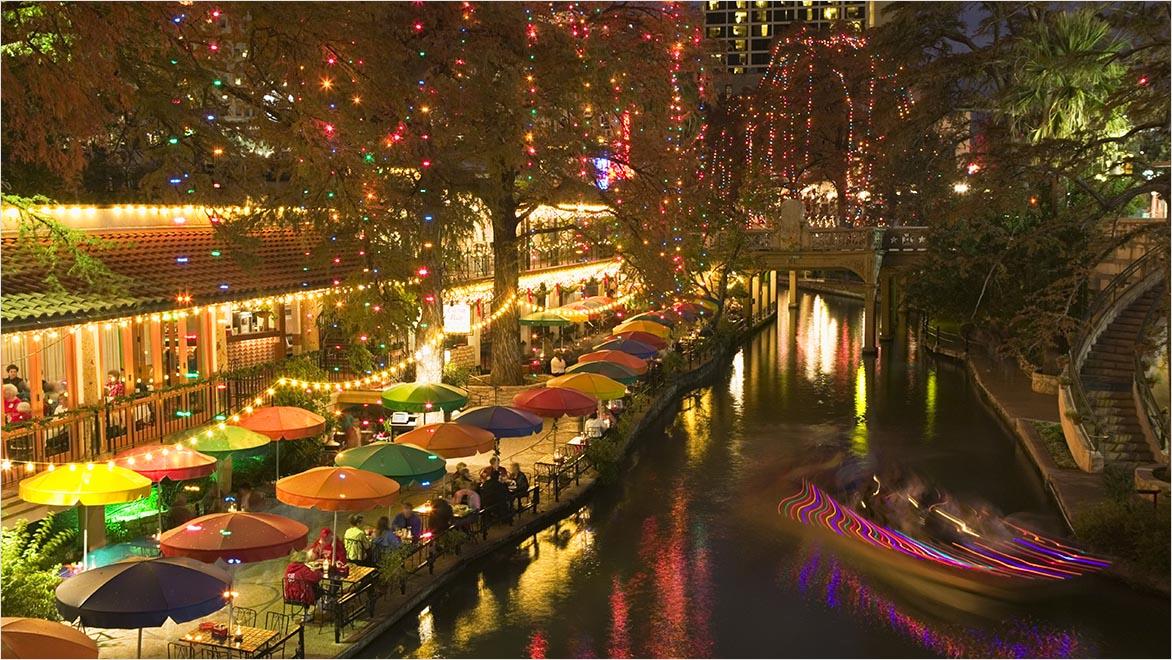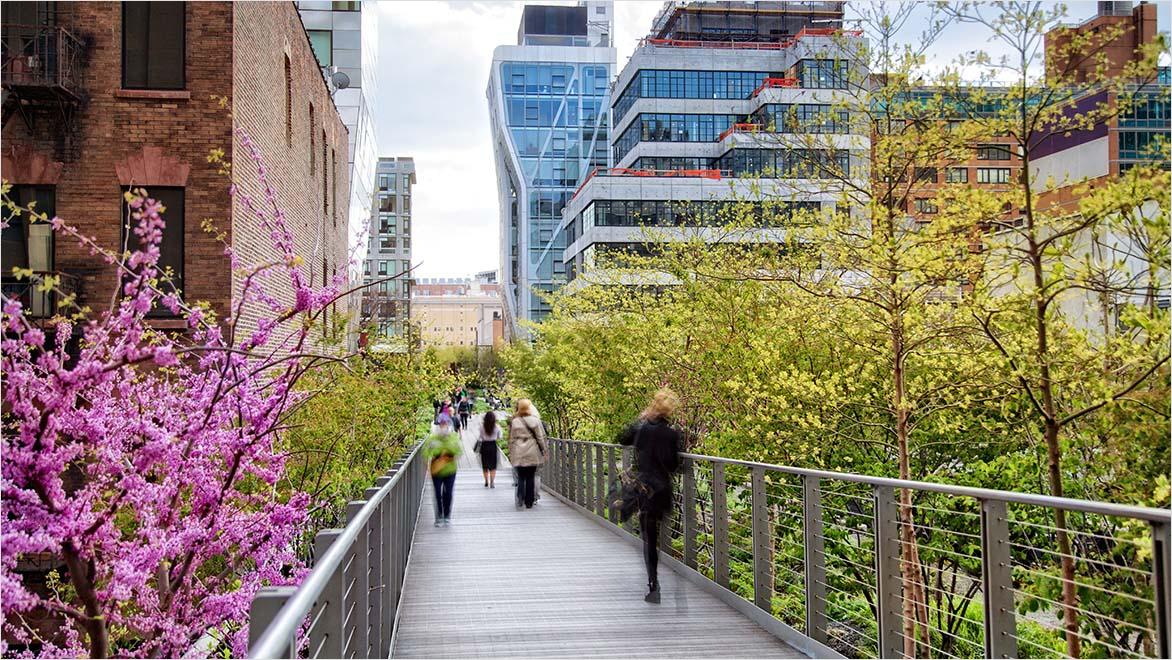The big-picture goal of community placemaking is environment design that creates an atmosphere where it’s easier and more natural to form connections with both residents and visitors. Whether urban or rural, placemaking is a community-informed design process that emphasises the goals below. (Compare these to the economics of property development, where the emphasis is on a return on financial investment.)
Community engagement: Actively involve community members in the planning and design process to ensure that the space reflects their needs and aspirations and fosters a sense of ownership.
Inclusivity and accessibility: Design spaces that cater to users across various demographics and of different ages, abilities and backgrounds.
Cultural identity: Highlight the cultural heritage and identity of the community by incorporating art, symbols and local traditions in the space that resonate with the community.
Functional design: Create spaces that serve various purposes and activities – gatherings, recreation and daily use.
Green and sustainable features: Integrate greenery, sustainable materials, eco-friendly infrastructure, renewable energy, water conservation systems and other features that minimise environmental impact.
Safety and comfort: Ensure a safe and comfortable environment for all users by implementing proper lighting, seating and security measures.
Interactive spaces: Map out communal areas, gathering spots and play areas that encourage social interaction.
Adaptability and evolution: Make flexible design choices that can adapt to the community’s changing needs.
The community placemaking process requires designers, community stakeholders and local authorities working together every step of the way. It starts with comprehensive research to discover what the community wants, followed by iterative design, implementation and ongoing evaluation.







